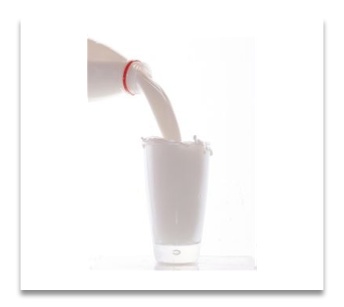 Many children are allergic to milk these days, and many of them go undiagnosed. Milk allergies can cause hives, skin rashes, and in some rare cases more serious reactions such as breathing difficulties. So how can you tell if your child has a milk allergy? Keep reading for important information.
Many children are allergic to milk these days, and many of them go undiagnosed. Milk allergies can cause hives, skin rashes, and in some rare cases more serious reactions such as breathing difficulties. So how can you tell if your child has a milk allergy? Keep reading for important information.
Allergy versus intolerance
First let us talk about the difference between a milk allergy and a milk intolerance. For all of my children, when they were weaned from breast feeding and put on whole milk, they showed the symptoms of gas and loose stools or diarrhea. I assumed (incorrectly) that they were allergic to milk. In fact, they had an intolerance to the milk. Intolerance usually results in digestive symptoms. A milk allergy has a different set of reactions.
Symptoms of a milk allergy
The classic allergic reaction to milk (or many other food allergies in less severe form) is hives. These itchy raised bumps look like insect bites and can appear anywhere on the body in reaction to the exposure. If your child breaks out in hives whenever she is exposed to milk, you can be pretty sure that she is allergic.
Of course, this isn’t always easy to tell, even with the classic sign, since the child may also have had eggs or salmon, two other food allergies that can cause the same symptoms.
Getting tested
It is important to understand that allergy tests isn’t always accurate. That is why doctors usually pay attention more to symptoms of an allergy. However in the case where getting a good understanding of a child’s allergies is hard to do with symptoms alone, or where the milk allergy could be life threatening, allergy testing can help. There are two types of test generally used, either a blood test or a skin test, with a blood test usually being more accurate.
Mary Ann Romans writes about everything related to saving money in the Frugal Blog, creating a home in the Home Blog, caring for little ones in the Baby Blog and now relationships in the Marriage Blog. You can read more of her articles by clicking here or subscribe to the blog using the subscription box on the right.
Related Articles:
Febrile Seizures and Spinal Taps
Having a Clean Home Might Be Bad for Your Baby
What Is that Growing Red Spot on My Baby?

